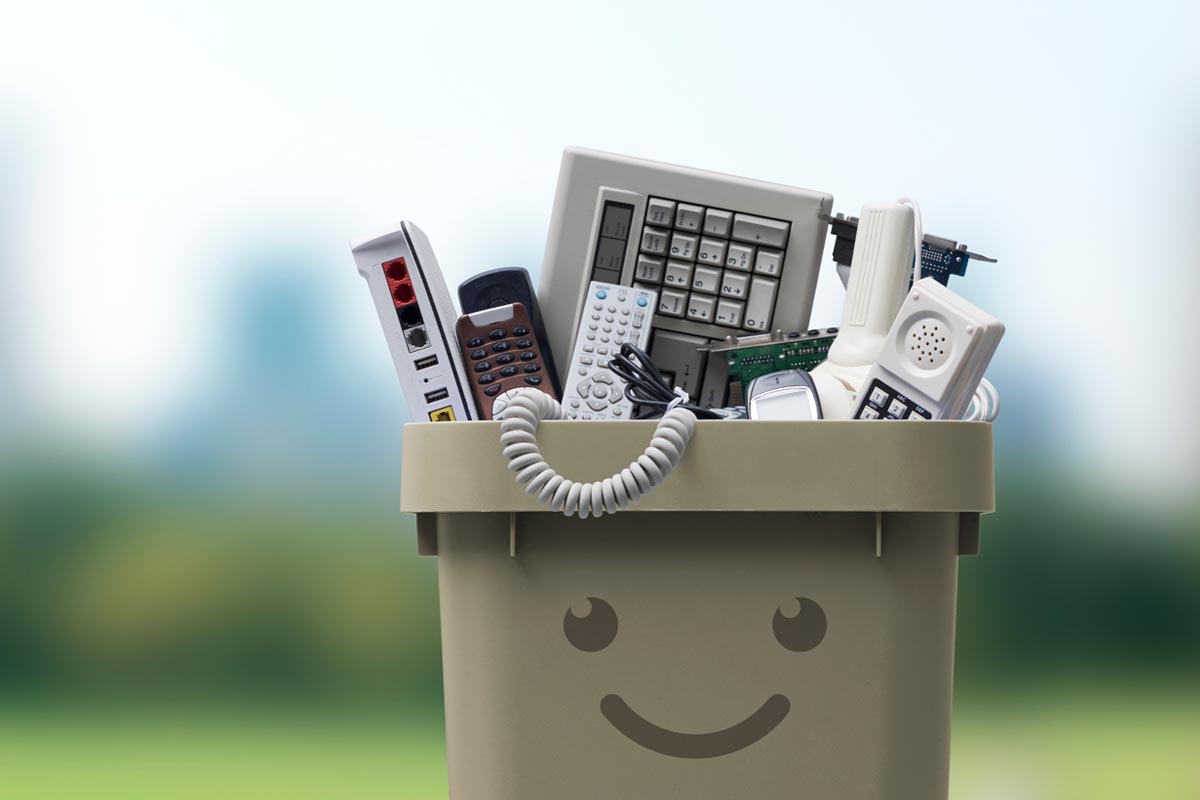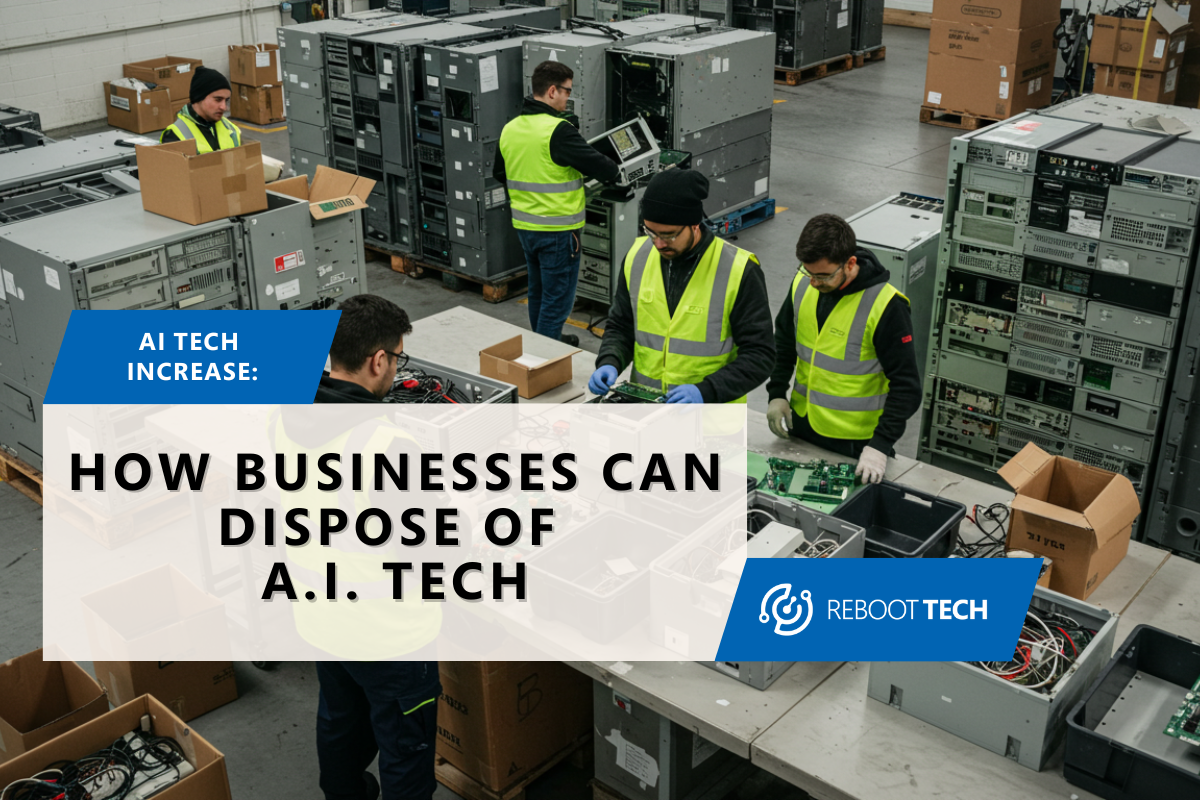
In today’s digital age, electronic devices have become a big part of our lives. We use them for navigation, entertainment, jobs, or even education. With that in mind, their common use brings the challenge of responsibly managing electronic waste (e-waste). One reason why e-waste has become such a large issue is that people/businesses simply do not know how to manage it properly. One way we can prevent this from happening is proper education about e-waste in schools. This blog post will explore why it’s important to educate students about e-waste, the benefits of this education, and a few strategies for incorporating e-waste education.
What is Electronic Waste (E-Waste)?
E-waste can be electronic devices like mobile phones, computers, chargers, printers, or tablets. These devices have both valuable and harmful materials like lead, mercury, and cadmium. Incorrectly getting rid of e-waste can damage the environment and human health, making it a major global concern.

Why is it Important to Educate Students About E-Waste?
Teaching students about e-waste is important for many reasons. First, throwing e-waste away incorrectly can harm the environment and contaminate water, soil, and air. Second, being around harmful chemicals in e-waste can lead to health issues like breathing problems, brain disorders, or even cancer. Teaching students about e-waste helps them understand its effects and encourages them to make better choices for the environment and the people around them.
Strategies for Educating Students About E-Waste.
There are many ways to teach students about e-waste in class. One method is to include e-waste lessons in subjects such as science, technology, and environmental studies in the school curriculum. Hands-on activities like e-waste recycling projects and electronic repair workshops can help students understand e-waste concepts better. Teachers may also use videos, pictures, and interactive websites to make e-waste easier to understand and more interesting.
According to a 2019 study by Kaltura, 99% of institutions report that teachers use videos in their classrooms. Some people simply understand the material better visually than through text. With something as harmful as e-waste, it may be easier to understand the harmful impacts it has on the environment, which may make students more environmentally aware of their decisions. Lastly, working with nearby groups and specialists can enhance e-waste education by offering real-life instances and chances for students to get involved in their communities, and make real-world differences.

Benefits of E-Waste Education.
E-waste education has many benefits for students and society. It helps students learn about e-waste, making them smarter consumers and they may help share their knowledge with the world. When they discover how their actions affect the environment, they use their knowledge to think hard about important topics like e-waste and taking care of the Earth. Understandably, many people are not aware of how to reuse/repair devices or that they even can. Teachers should involve students to raise awareness and teach them correct electronics recycling techniques. Students can carry those real-world skills with them for the rest of their lives, making the planet healthier for the future.
In conclusion, educating students about electronic waste is essential for addressing the growing e-waste crisis and fostering a more sustainable future. By adding e-waste education to the curriculum and offering hands-on learning chances, we can help students become environmental champions and change supporters. Together, we can educate, inspire, and act to reduce e-waste and protect our planet for the future.





